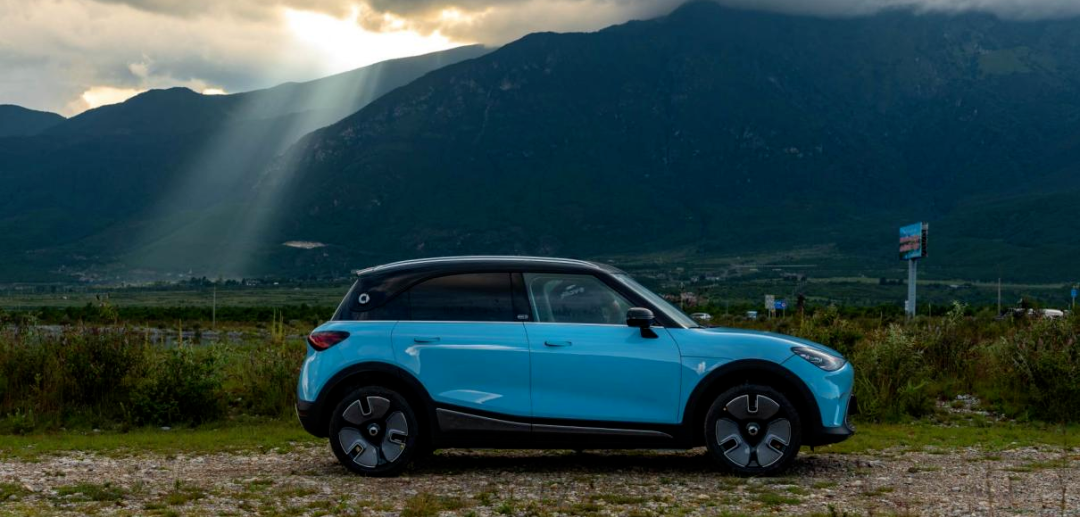aowuhu by wen
If you have ever experienced the “surging smoothness” of the old smart, and then sit in the driver’s seat of the new smart spirit #1, looking at the “Inspiration Planet” on the control screen, call out the virtual image of the voice assistant-a small fox, the little prince’s body-style soul hallucinates:
“Please tame me!”
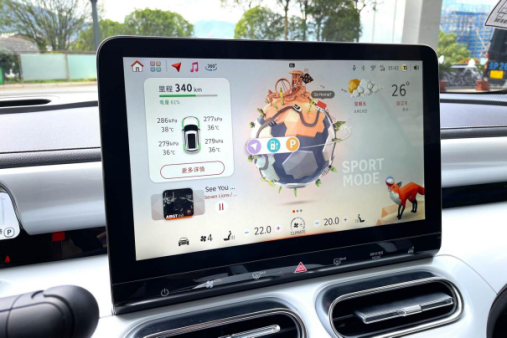
Geely acquired half of the equity of Smart from Mercedes-Benz, and Smart’s domestic production joined Geely’s family of electric vehicles three years ago. Twenty years ago, the dream team of Swatch+Mercedes+ART did not turn the microcar fortwo into a serious business.
Spirit #1 is the virgin of the new era after smart transformation. On the one hand, Geely is responsible for leading the engineering development, and Mercedes-Benz is mainly responsible for design work; on the other hand, it uses SEA’s native pure electric architecture, and the size has also been increased to compact level, becoming the first “serious” four-door car and “serious” electric car of smart.
When Nicholas Hayek of the Swatch Group’s wild ideas went away, Smart said goodbye to childhood dreams and faced the reality of rejoining the mainstream market. Therefore, we have a brand new smart spirit #1.
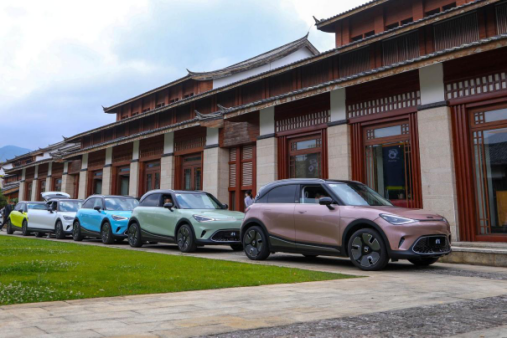
Redemption of “Boutique Car”
Saying goodbye to non-mainstream, but Smart cannot be too inflated (physically), the positioning of the Spirit #1 is the size lower limit in the “mainstream” segmented market, compact SUV. With a length of 4270mm, the representative reference objects are MINI COUNTRYMAN and Volkswagen Golf (of course, the latter is not an SUV).
Before this test drive, smart has sold out all 2022 quotas. Although I have always believed that selling out cannot directly deduce excessive demand, but specifically for Smart, the production capacity of the entire fourth quarter should not be the reason for restricting delivery time.
Moreover, what Spirit #1 is facing is indeed a blank segmented market without any opponents.
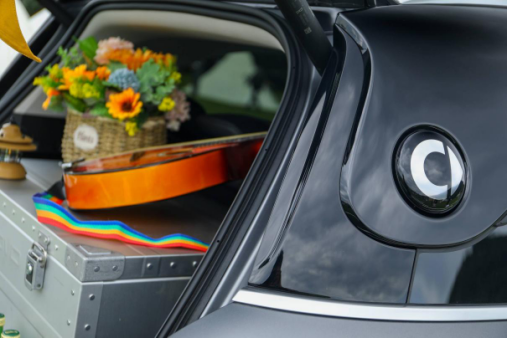 ## The Crowded but Spacious Market of the 200K Pure Electric Vehicles
## The Crowded but Spacious Market of the 200K Pure Electric Vehicles
If you need an inexpensive family car, BYD and GAC will do a great job. If you are looking for a trendy intelligent car, new EV brands like XPeng and Leapmotor are worth considering.
But what if you are not interested in the new four transformations in the automobile industry, you only want a reliable and easy-to-use car, with a decent space for occasional outings with friends and goods, and a fun driving experience without being too dull or too “independent”? Then you might want to check out smart ELF #1 and Volkswagen ID.3/ID.4.
We have entered the era of “boutique small cars,” a popular topic among car magazines years ago. The definition of “boutique small cars” is not fixed. MINI priced over 200K is a “boutique small car” compared to Passat and Camry, and Honda Fit priced over 100K is a “boutique small car” compared to Jetta Bora. Today, the compact-class smart ELF #1 priced above 200K is a differentiated approach compared to medium-sized cars in the same price range.
In the era of gasoline cars, boutique small cars were often associated with limited space and failed to attract customers. However, electrification has created an opportunity, and pure electric platforms have taken advantage of it. Based on the SEA-2 platform of the SEA pure electric architecture, smart ELF #1 got a wheelbase-to-length ratio of 64.4%, ignoring the need for internal combustion engines.
Although the body length is less than 4.3 meters, the wheelbase of smart ELF #1 can reach 2750mm due to the four angles of the vehicle being close to the four wheels, which is 80mm and 114mm longer than MINI COUNTRYMAN and Golf respectively, similar to having an artificially added “L” (elongated wheelbase).
Therefore, even though smart ELF #1 is more suitable for “consumers with low demands for the rear row,” space inside the car, especially in the rear row, is far from being cramped. Except for the fact that leg-crossing like a medium or large-sized car is not feasible, the rear space of smart ELF #1 is quite sufficient even for long-distance trips.
The Tamed “Fox”
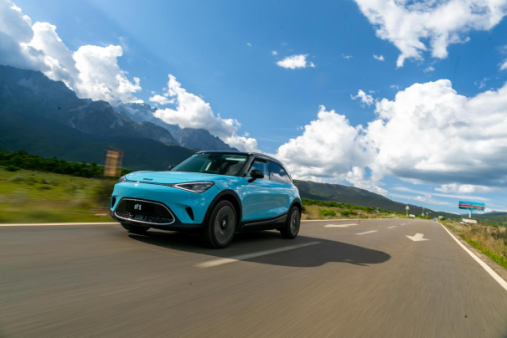 The first two generations of smart fortwo were only equipped with 1.0L and 0.9T three-cylinder engines, matched with the highly acclaimed AMT gearbox and dry dual clutch, which achieved a “difficult to handle” reputation comparable to many V8 and V12 engines. The car-sharing trend a few years ago allowed many non-car owners to experience the joy of taming a smart.
The first two generations of smart fortwo were only equipped with 1.0L and 0.9T three-cylinder engines, matched with the highly acclaimed AMT gearbox and dry dual clutch, which achieved a “difficult to handle” reputation comparable to many V8 and V12 engines. The car-sharing trend a few years ago allowed many non-car owners to experience the joy of taming a smart.
There is no way around the fact that the ancestral size and cost pricing of the fortwo have compromised many aspects, including driving performance. However, with the new generation elf #1, the smart name can finally move a long way towards the “easy to drive” end of the spectrum.
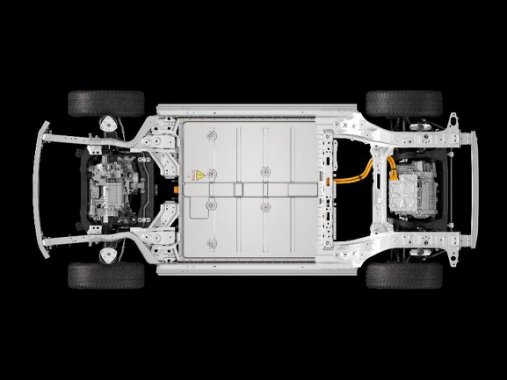
Still benefiting from the SEA architecture, the elf #1 is one of the first batch of mainstream pure electric models (excluding microcars and small pickups) at this price point to adopt a rear five-link suspension and rear-wheel drive (primarily). The standard 200kW rear motor is also more powerful than ID.3, Deep Blue, Sea Lion, and other models at the same price point.
In real-life road conditions, the 6.7-second acceleration from 0 to 100 km/h ensures sufficient power reserve for daily driving. Of course, don’t expect this small car to shock you like the K50 EV did. The elf #1 gives a sense of freedom and ease.
The throttle response in urban areas is agile enough, while avoiding the dizziness of previous electric cars, which is very suitable for the commuting nature of compact SUVs. Even at high speeds of 100~110 km/h, the car still maintains sufficient acceleration performance, with a top speed of 180 km/h, which is not bad for a single-stage deceleration pure electric car.
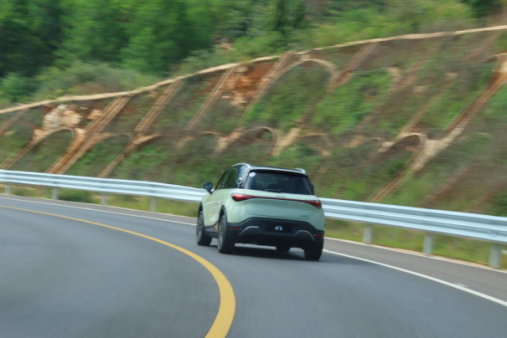
Fortunately, despite being a domestically produced Chinese car, smart did not turn the elf #1 into a soft and flabby car for rough roads. Both the front and rear suspensions have enough toughness, and there is no significant load transfer when accelerating deeply on highway exit ramps. There is very little residual vibration when passing over speed bumps at low speeds, and the overall performance may surprise you, completely worthy of the welcoming Mercedes logo.
Smart has set three driving modes and four-gear energy recovery, including a single-pedal mode. Even when using the single-pedal mode, the drag sensation is only roughly similar to strong energy recovery of the Model 3. It is almost impossible to feel special deceleration in low gears, which is very friendly to passengers who are sensitive to dizziness. Smart’s energy recovery strategy is more conservative.The 66kWh battery pack theoretically provides a 535km CLTC range, and the high-end version benefits from using SiC control modules on the motor to extend it to 560km. Our test drive showed that at temperatures between 20 and 30℃, driving at 120km/h on the highway, with strong air conditioning, and with an attitude of “since it’s not your own car anyway,” the display of energy consumption per 100 kilometers easily remained below 15kWh, which is equivalent to an actual range of 440 kilometers on a full charge.
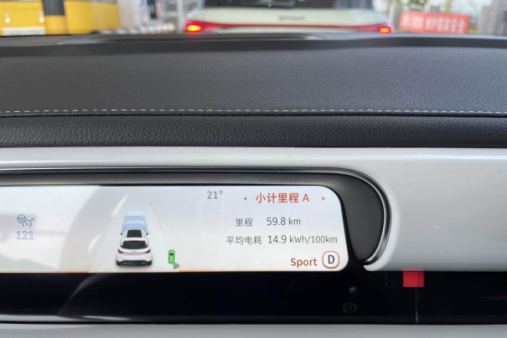
For those who understand the concept of the “discount” in nominal range for pure electric vehicles, they should be able to understand that this is a relatively good range. Given that the test drive car is a high-end model equipped with SiC modules, the range for the low-end version may be slightly lower.
The Smart is undoubtedly the easiest to drive of all smart vehicles to date. This is built on the foundation that the previous smart models were simply not that easy to handle. Even when compared horizontally with other models in the same price range, the new Smart does not face any significant challenges in terms of driving performance. A smaller body, larger motor, and better structure are the foundation, but more importantly, unlike many all-rounders, this small car is more suitable for the front seat.

New Luxury Not Light Luxury
Usually, when it comes to “light luxury”, it is difficult to avoid the plot of the poor and the rich not loving it, and eventually it sinks without a bottom line. The Smart, MINI, and Beetle were once considered to be the three representatives of women’s cars. When compared downward, they appear more exquisite, whereas when compared upward, they appear less luxurious, hence the term light luxury.
The phrasing chosen for the new Smart is “new luxury”. The “new” refers to the design and decoration. The large-area hard decorative panel in the car is an INS film made using PVD vacuum plating technology, and, compared to conventional black soft covers, it is actually a fairly adventurous design. It has also sparked some controversy, but in reality, the visual effect with a pearl-like luster in the naked eye is far more impressive than the “plastic feeling” in the pictures.
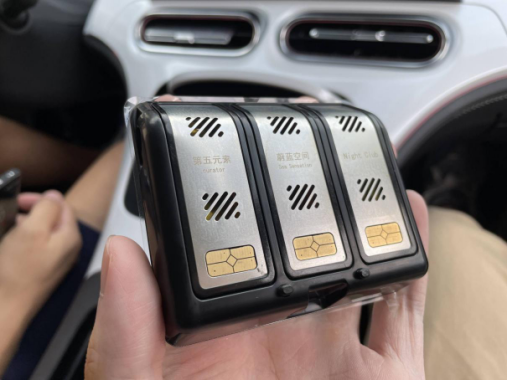
The “luxury” primarily lies in the details. For example, it is hard to imagine that such a car aimed at younger drivers has an odor system with three combinations. For example, the small instrument panel and HUD layout of the Smart, which is very similar to Extrem-K and Lotus, creates indirect standardization of HUD across the entire Smart lineup. As an SUV with a high body, the panoramic roof does not have the sunshade cut-out like some pure electric sedan models.
The 12.8-inch screen standing on the center console is the key to the car’s visual experience. The Snapdragon 8155 chip used in the entire series ensures the smoothness of the system. Various operations are basically the same as daily mobile phone and tablet operations. The UI of the car system loves the image of a fox. Not only is there a virtual voice assistant image in the lower right corner, even the air conditioning interface is a silly fox blowing wind…
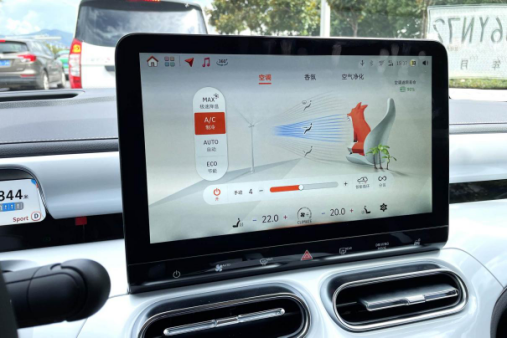
However, bugs are not uncommon. It may be the result of the same school. Smart’s car UI logic is the same as GQ Yin’s 001: During the navigation process, no matter whether you operate the air conditioning or music, the entire screen will pop up, and the map will disappear completely, temporarily losing the route guidance. Of course, the HUD and the slim instrument screen can indicate the direction, but it is not as intuitive as the large-screen map.
“Inspiration Planet” occupies the center position on the homepage (the first picture in the text), and Smart seems to attach great importance to it. However, at present, this planet seems to have no more practical functions except for switching to the three angles of the planet with three driving modes. It rotates as a reminder of switching driving modes, which is not as intuitive as traditional methods such as changing the background color.
In fact, it can be seen that Smart is trying to construct a UI design pattern that is different from others and breaks the conventional. “Inspiration Planet” successfully distinguishes itself from the old routine of “Map as a background”, and the overall color matching style is particularly fresh. However, the price is a slightly chaotic control layout, and the practical party is scratching its head. Fortunately, there is an OTA optimization opportunity.
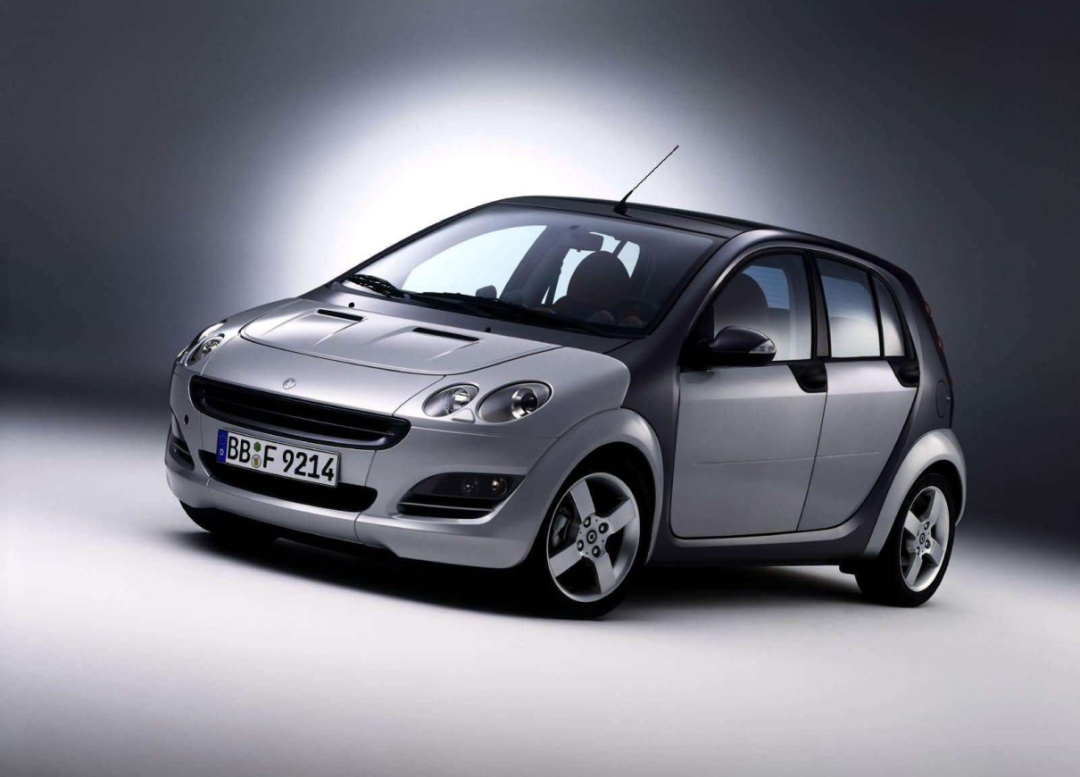
In fact, Sprite #1 is not Smart’s first four-door car. The first-generation forfour was a proper four-door hatchback, and remnants can still be seen in China occasionally; the second-generation forfour became a stretched version of the fortwo, and the officially imported model had very low visibility. The pure electric version of fortwo is not fresh, so #1 is not the first pure electric Smart.
Ignore those useless names. Sprite #1 is a sign of Smart’s unconventional path to mainstream competition. For MINI, smart and even Fiat 500, names that are bound to small car images, the compact SUV with a length of over 4 meters can be regarded as their biggest compromise to the market, and it is also the smallest scale for a successful appearance.
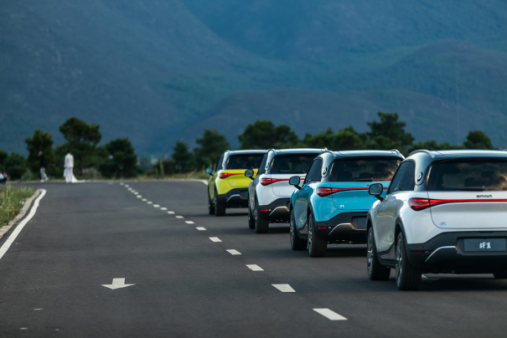 Conceptually, size has been tamed by the market, while in terms of specifics, power has been tamed by electric drive. Finally, smart has a body and opportunities that can directly participate in the competition. The Smart Fortwo Electric Drive strives to have no major weaknesses, yet there is not a decent direct competitor in the market. The Volkswagen ID.3 is actually smaller and cheaper, while the ID.4 and the Leapmotor C11 are larger and more open-road.
Conceptually, size has been tamed by the market, while in terms of specifics, power has been tamed by electric drive. Finally, smart has a body and opportunities that can directly participate in the competition. The Smart Fortwo Electric Drive strives to have no major weaknesses, yet there is not a decent direct competitor in the market. The Volkswagen ID.3 is actually smaller and cheaper, while the ID.4 and the Leapmotor C11 are larger and more open-road.
Domestic brands are only halfway through their upward upgrading efforts, and even new car brands priced at 200,000 yuan have not raised the banner of quality. Foreign brands have just recovered and have no time to spare for small cars, and even the pure electric MINI, which should have been the biggest competitor, has been slow to land.
Smart has come to the right place at the right time, so much so that the difficulty level has been downgraded to merely rejecting some non-direct competitors, leaving the Smart Fortwo Electric Drive with a clear advantage. For consumers who have no specific demands, smart is playing the differentiation card with its compact and delicate features. For those who place more importance on quality and recognize the smart brand, “we only understand the things we tame,” as the fox says.
This article is a translation by ChatGPT of a Chinese report from 42HOW. If you have any questions about it, please email bd@42how.com.
